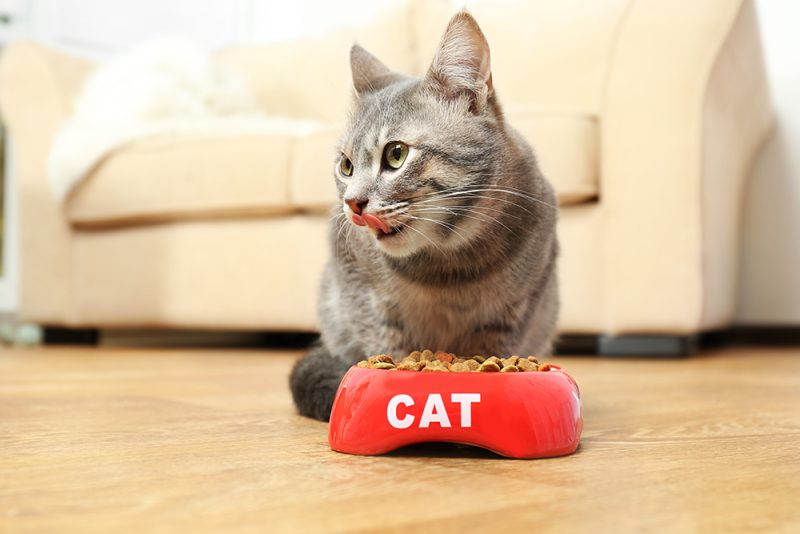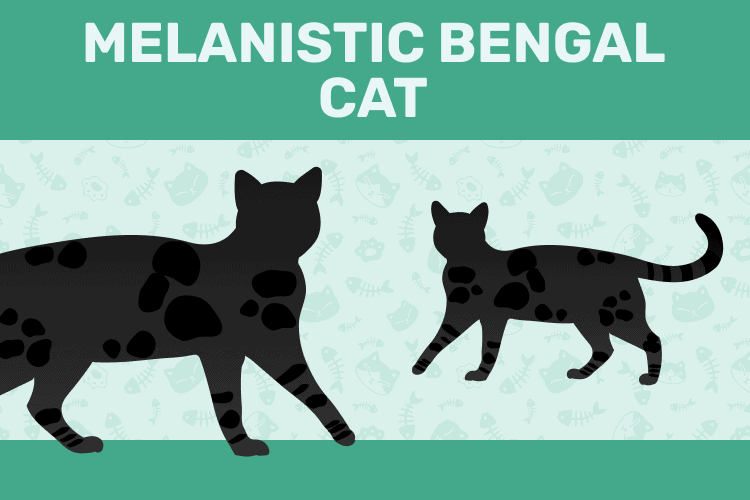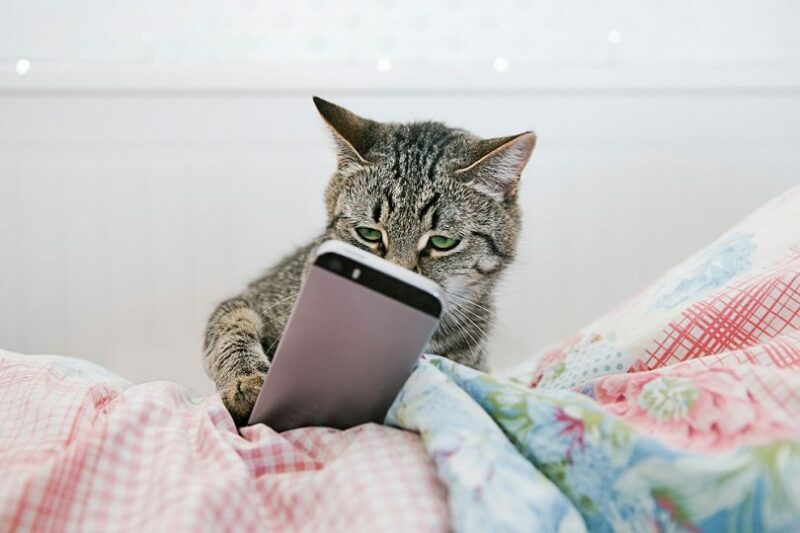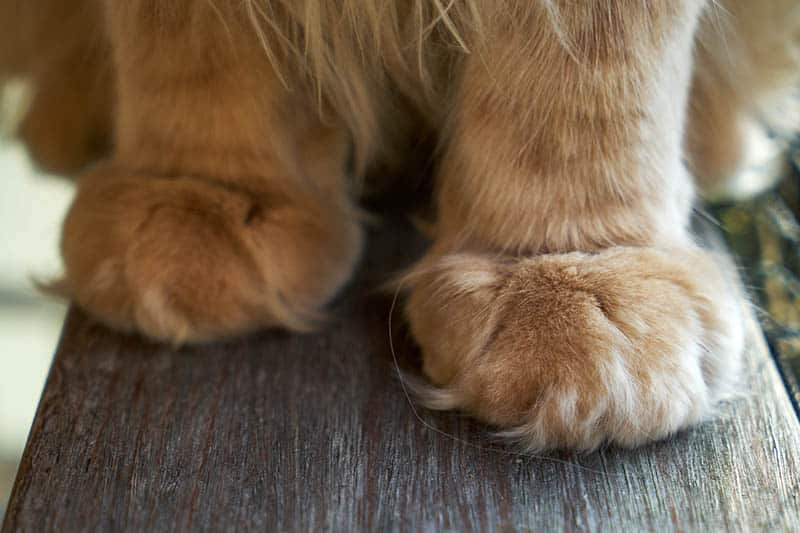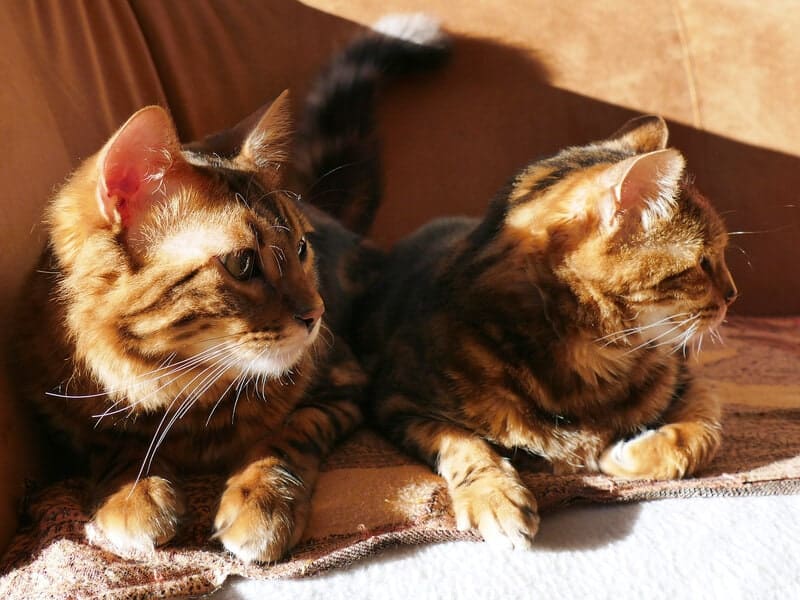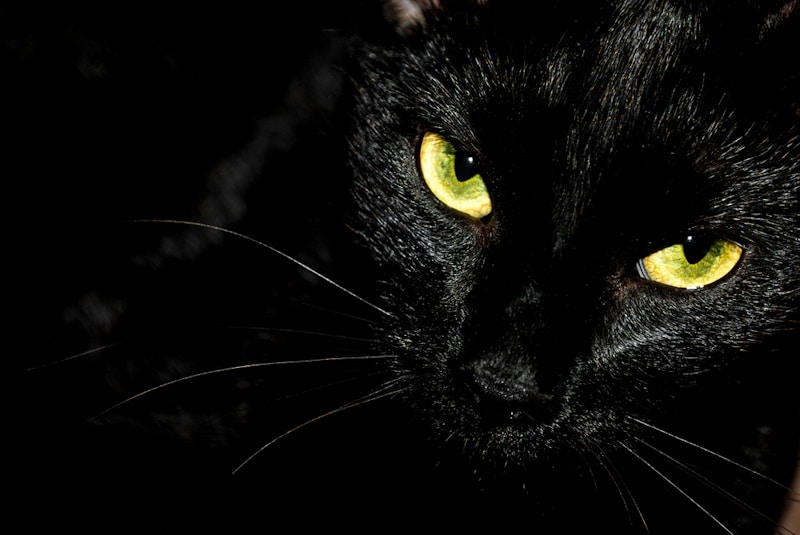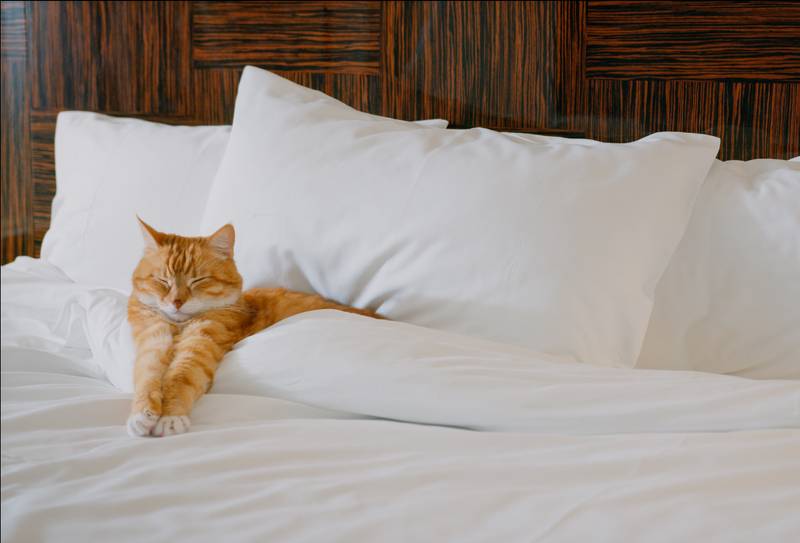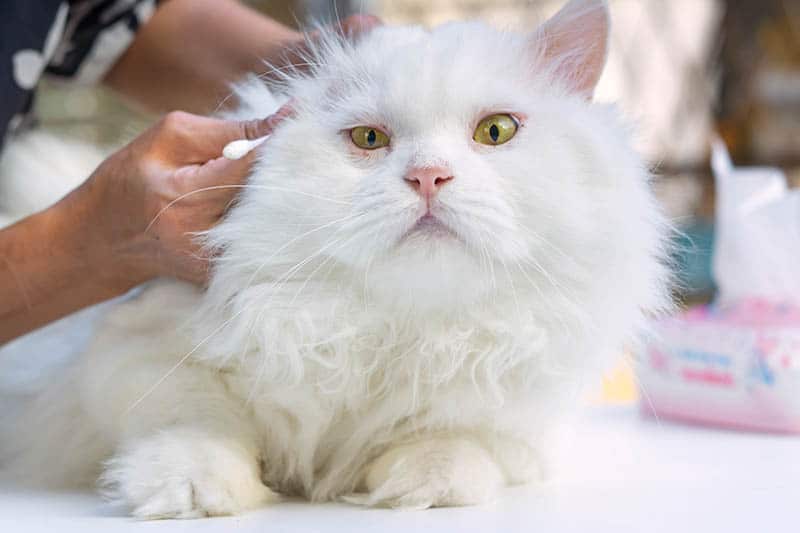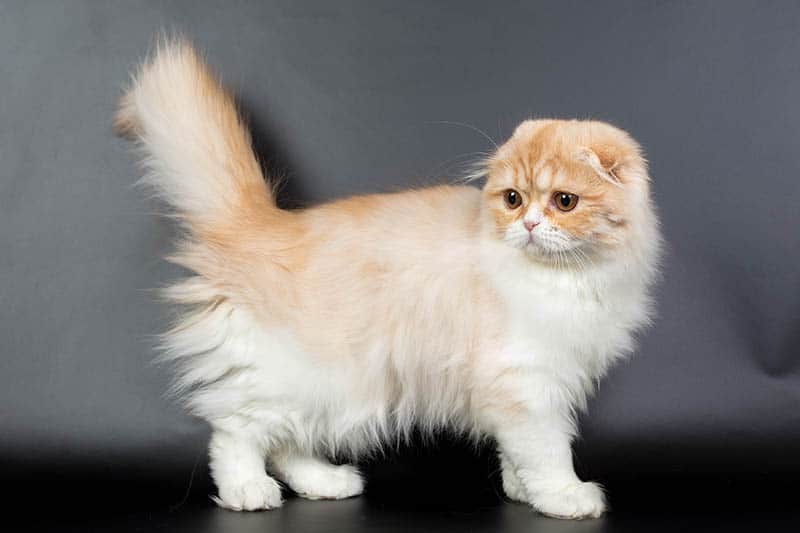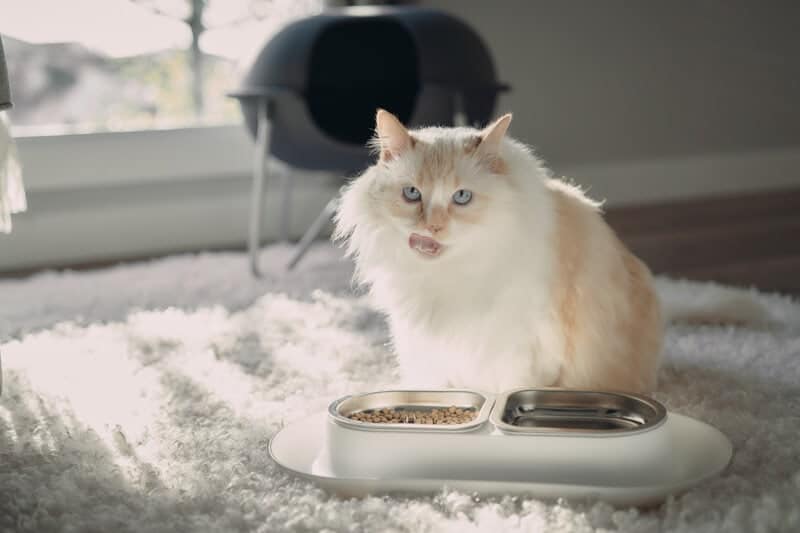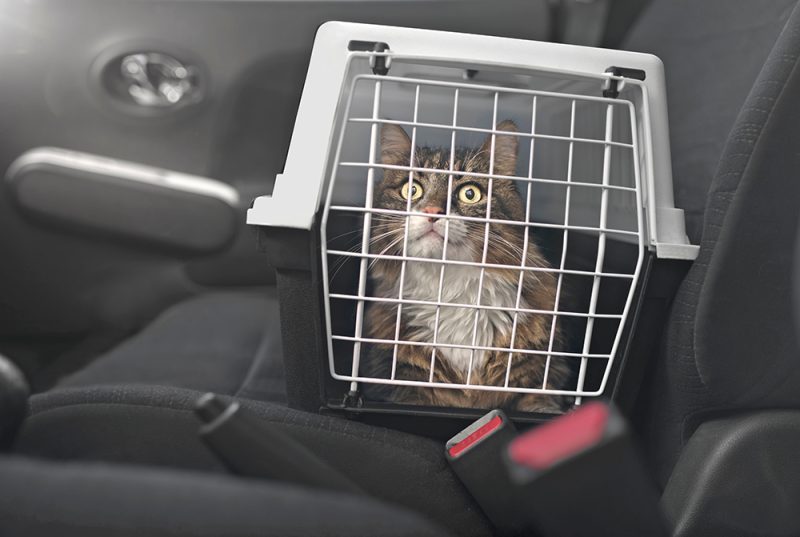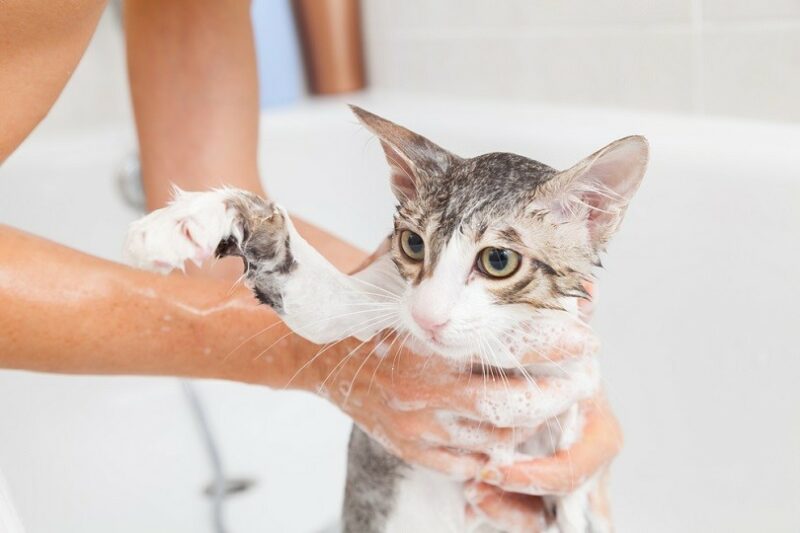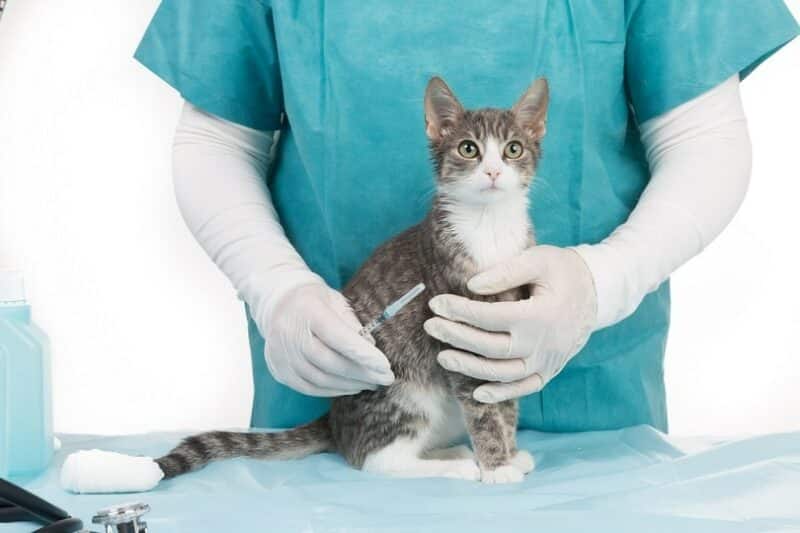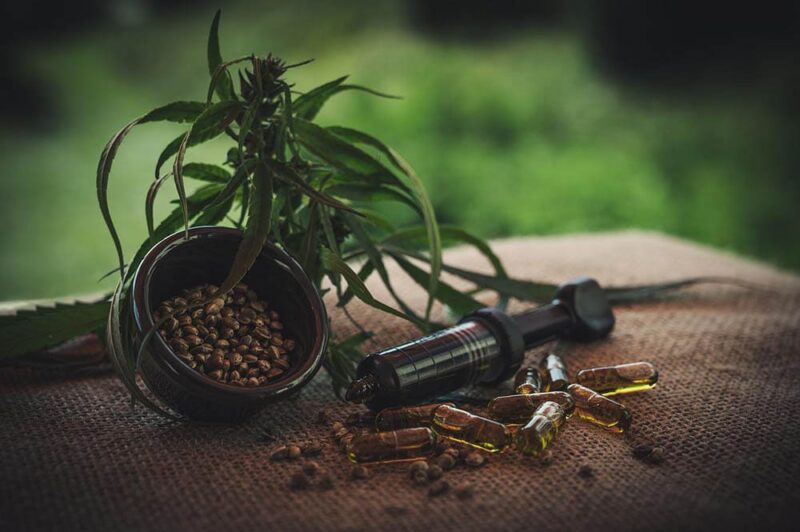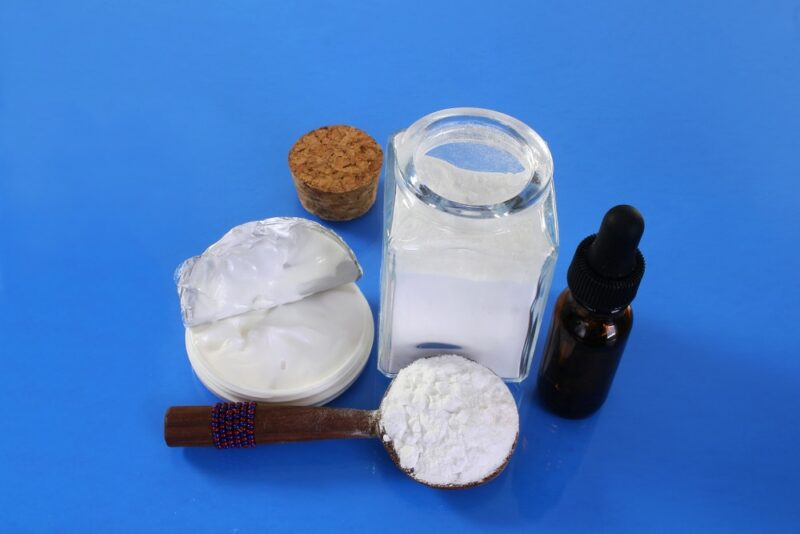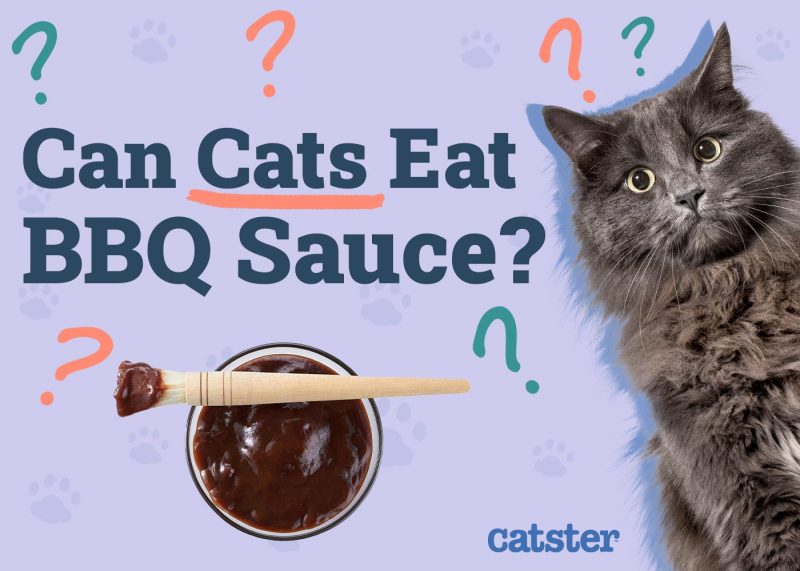We all want our cats to be as healthy as possible and part of that comes from choosing the correct food for our cats. For our cats to be as healthy as possible, we need to select the healthiest food for them.
Of course, this is often easier said than done. It can be challenging to sort through the cat food and select the best option for our felines.
That’s where we come in! We’ve reviewed 9 of the healthiest cat foods this year to help you determine the best option for your feline. We’ll also examine what factors to consider when selecting one of these formulas.
In this article

A Quick Comparison of Our Favorites in 2025
| Image | Product | Details | ||
|---|---|---|---|---|
| Best Overall |
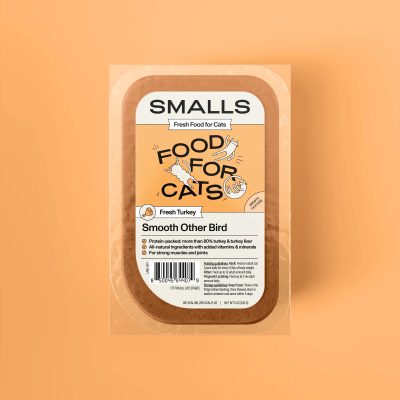
|
Fresh Other Bird Recipe by Smalls |
|
Click to Save 40% Use Code: Catster24 |
| Budget Buy |
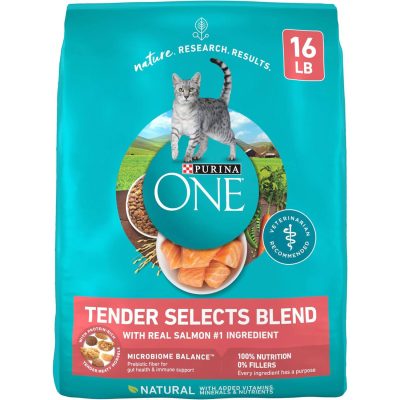
|
Purina ONE Tender Selects Blend with Real Salmon |
|
CHECK PRICE |
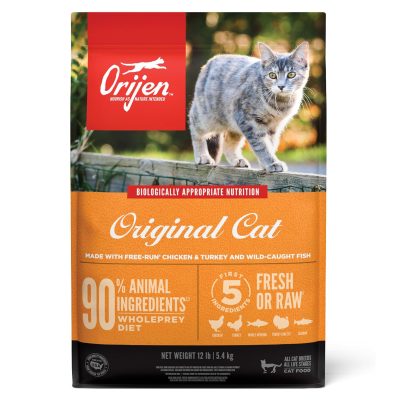
|
Orijen Original Grain-Free Dry Cat Food |
|
CHECK PRICE | |
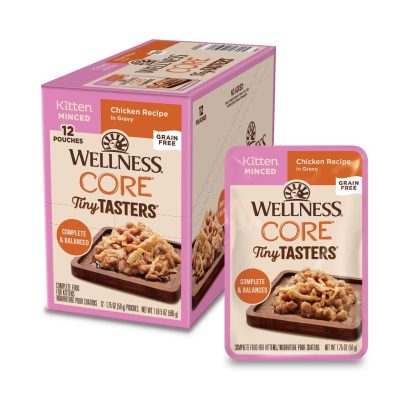
|
Wellness CORE Tiny Tasters Kitten Chicken Cat Food |
|
CHECK PRICE | |
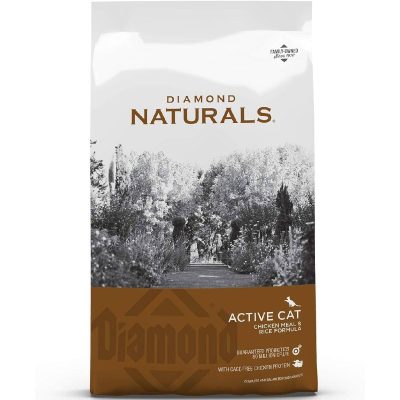
|
Diamond Naturals Active Chicken Meal & Rice Formula |
|
CHECK PRICE |
The 9 Healthiest Cat Foods
1. Fresh Other Bird Recipe by Smalls – Best Overall
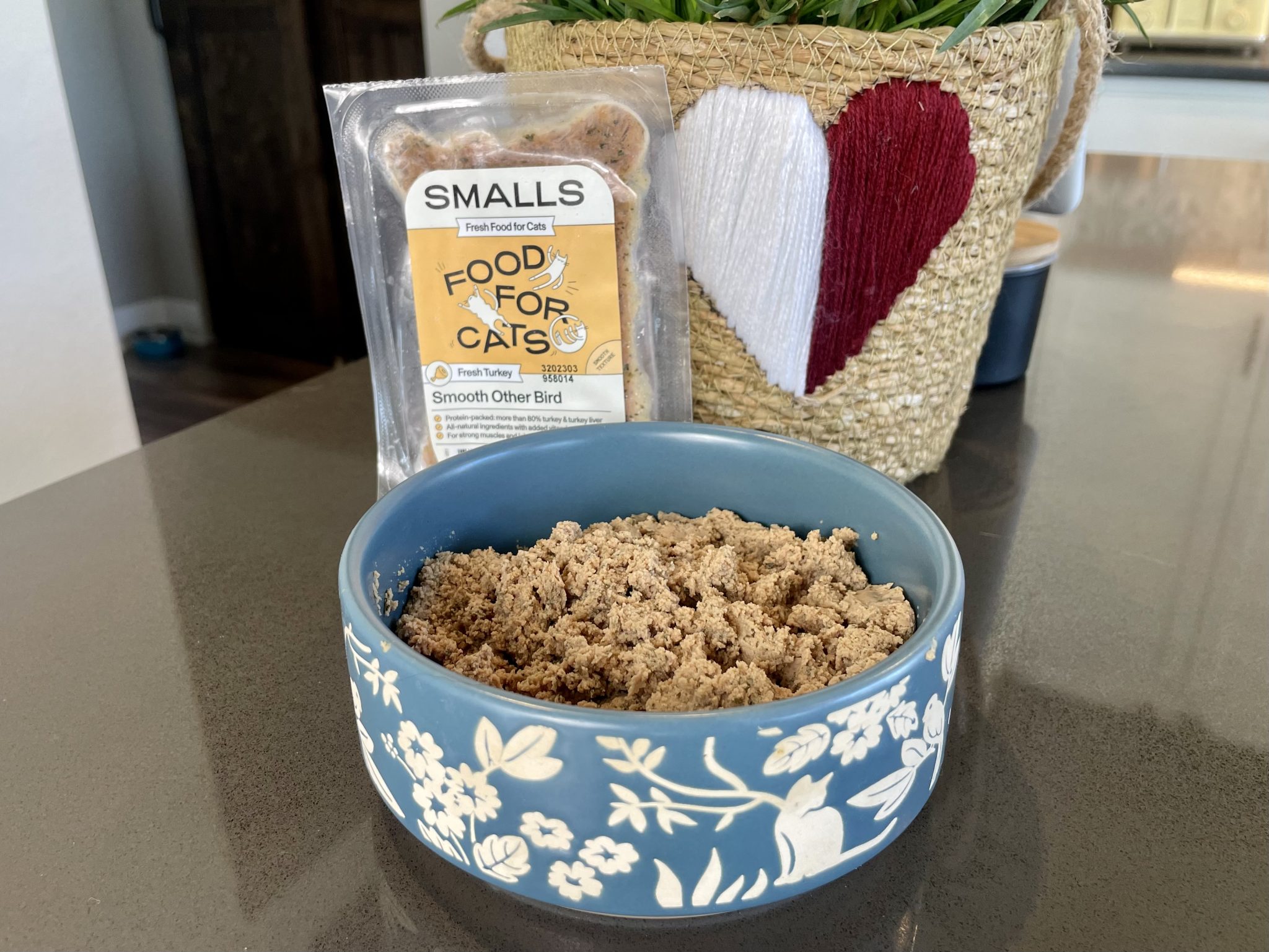
| Main Ingredients: | Turkey Thigh, Turkey Liver, Green Beans, Peas, Kale |
| Protein Content: | 16% |
| Fat Content: | 5% |
| Calories: | 1,415 kcal/kg |
We recommend the Fresh Other Bird Recipe by Smalls as the best overall healthiest cat food. Smalls is a subscription-based meal service exclusively for felines, offering a range of fresh raw food options. With several recipes available, each with unique textures, you can select the best fit for your cat. In the case of the Fresh Other Bird recipe, you can choose between two textures: smooth and ground.
To get started, you simply answer a few questions about your cat, which helps design personalized meal plans. However, you also have the flexibility to modify these plans according to your preferences. Once finalized, the meals are meticulously prepared and promptly delivered to your doorstep.
Depending on the texture you opt for, your beloved kitty will receive a substantial amount of crude protein ranging from 16% to 23.7% per meal. Moreover, these nutritious meals are enriched with abundant vitamins and minerals sourced from fresh ingredients such as turkey thighs, green beans, peas, kale, and various supplements.
Pet parents who have already tried Smalls’ Fresh Other Bird Recipe have been ecstatic about the positive results. Their feline friends have experienced weight loss, enhanced coat quality, and an undeniable love for this food. It’s safe to say that this option is truly approved by our feline friends and their doting owners!
- Fresh ingredients
- Very high in protein
- Substantial moisture content
- Subscription required
2. Purina ONE Tender Selects Blend with Real Salmon – Budget Buy
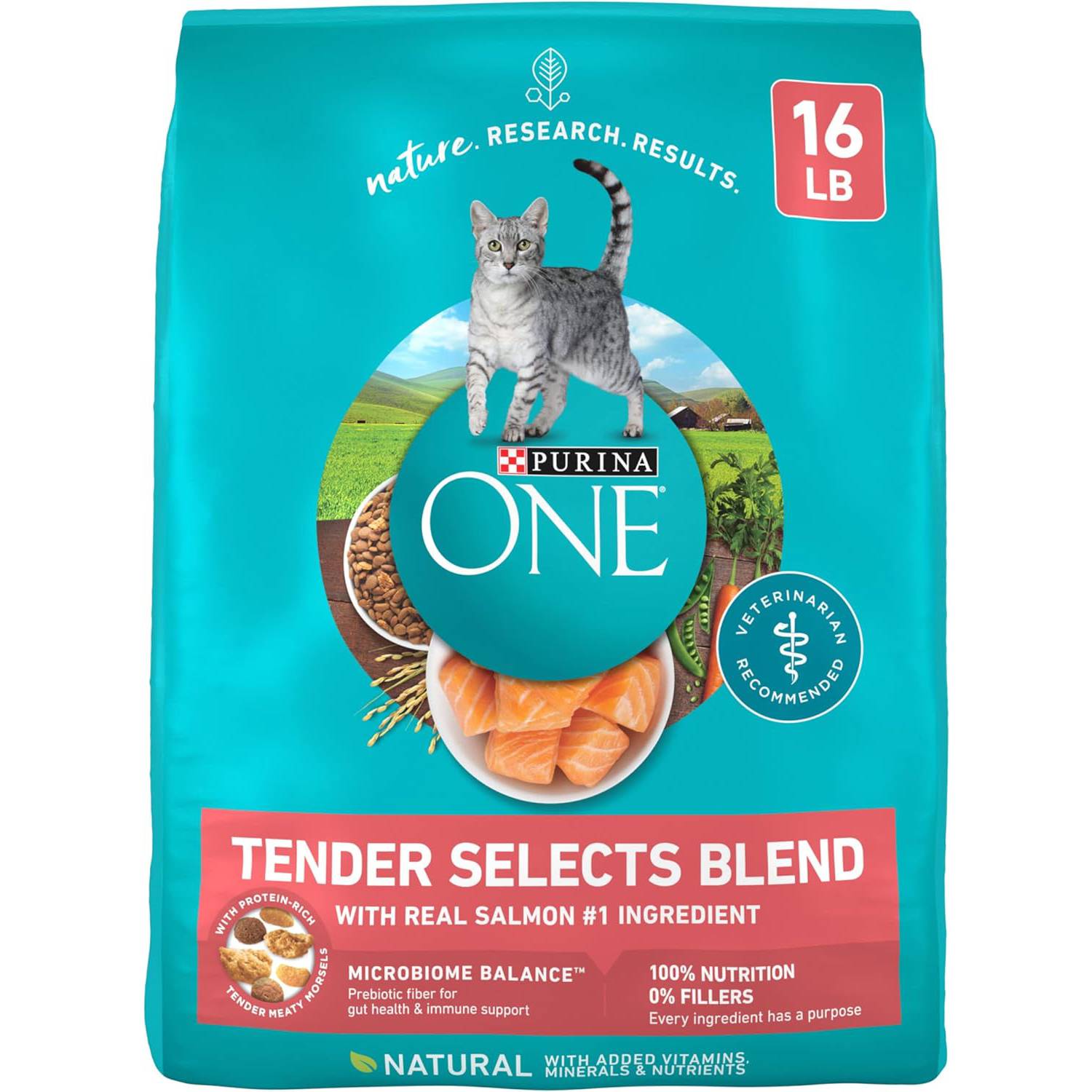
| Main Ingredients: | Salmon, Rice Flour, Corn Gluten Meal, Chicken By-Product Meal, Beef Fat Naturally Preserved with Mixed-Tocopherols, Soybean Meal |
| Protein Content: | 34% |
| Fat Content: | 15% |
| Calories: | 3,734 kcal/kg |
While Purina ONE Tender Selects Blend with Real Salmon isn’t necessarily the healthiest food, it provides optimal nutrition at a lower price. Therefore, it is the healthiest cat food for the money. Your buck stretches far with this recipe.
Purina is a well-liked brand in the cat food industry. They have a surprisingly low number of recalls, so you can rest assured that this food is safe for your feline. Unlike many other cat food brands, they also have all their recipes formulated by veterinary professionals.
The first ingredient in this recipe is fish, which provides plenty of omega-fatty acids to support your feline. Including omega-6 fatty acids in this formula nourishes your kitty’s coat, producing soft and healthy skin. Additionally, the presence of vitamins A and E helps to preserve the brightness of their eyes. The crunchy kibble of this cat food contains added calcium, which supports your cat’s dental health by strengthening her teeth.
Designed for adult cats, this easily digestible cat food aids in maintaining a balanced microbiome in your furry friend’s digestive system. It contains natural prebiotic fiber, which promotes gut health and provides immune support to keep your cat in optimal condition.
- Inexpensive
- Omega fatty acids included
- Formulated by veterinary professionals
- Reputable brand
- Includes some less-than-stellar ingredients, like rice flour
3. Orijen Original Grain-Free Dry Cat Food

| Main Ingredients: | Chicken, Turkey, Whole Mackerel, Turkey Giblets (Liver, Heart, Gizzard), Flounder, Chicken Liver, Whole Herring, Eggs, Dehydrated Chicken |
| Protein Content: | 40% |
| Fat Content: | 20% |
| Calories: | 4,120 kcal/kg |
One of the standout features of Orijen Original Grain-Free Dry Cat Food is its high protein content, with up to 90% of the ingredients being animal-based. This ensures your cat receives the nutrition necessary to thrive and maintain optimal health. The recipe includes premium protein sources such as fresh or raw chicken, turkey, whole mackerel, turkey giblets, and flounder.
Orijen is committed to “WholePrey” ingredients, which means incorporating the most nourishing parts of prey animals. This approach mirrors the natural diet of cats in the wild, providing them with a complete and balanced range of nutrients.
To add to its appeal, this cat food features a freeze-dried liver coating, delivering a burst of raw flavor that will undoubtedly entice your cat. This enhances the taste and appeals to your cat’s instinct to crave raw foods, making mealtime a highly enjoyable experience.
However, this food is incredibly expensive. It’s more calorie-dense than other recipes, but you’ll still spend a lot to feed your cat.
- Organ meats and other nutritionally dense ingredients
- High protein
- Calorically dense
- Includes fish for omega fatty acids
- Very expensive
4. Wellness CORE Tiny Tasters Kitten Chicken Cat Food – Best for Kittens
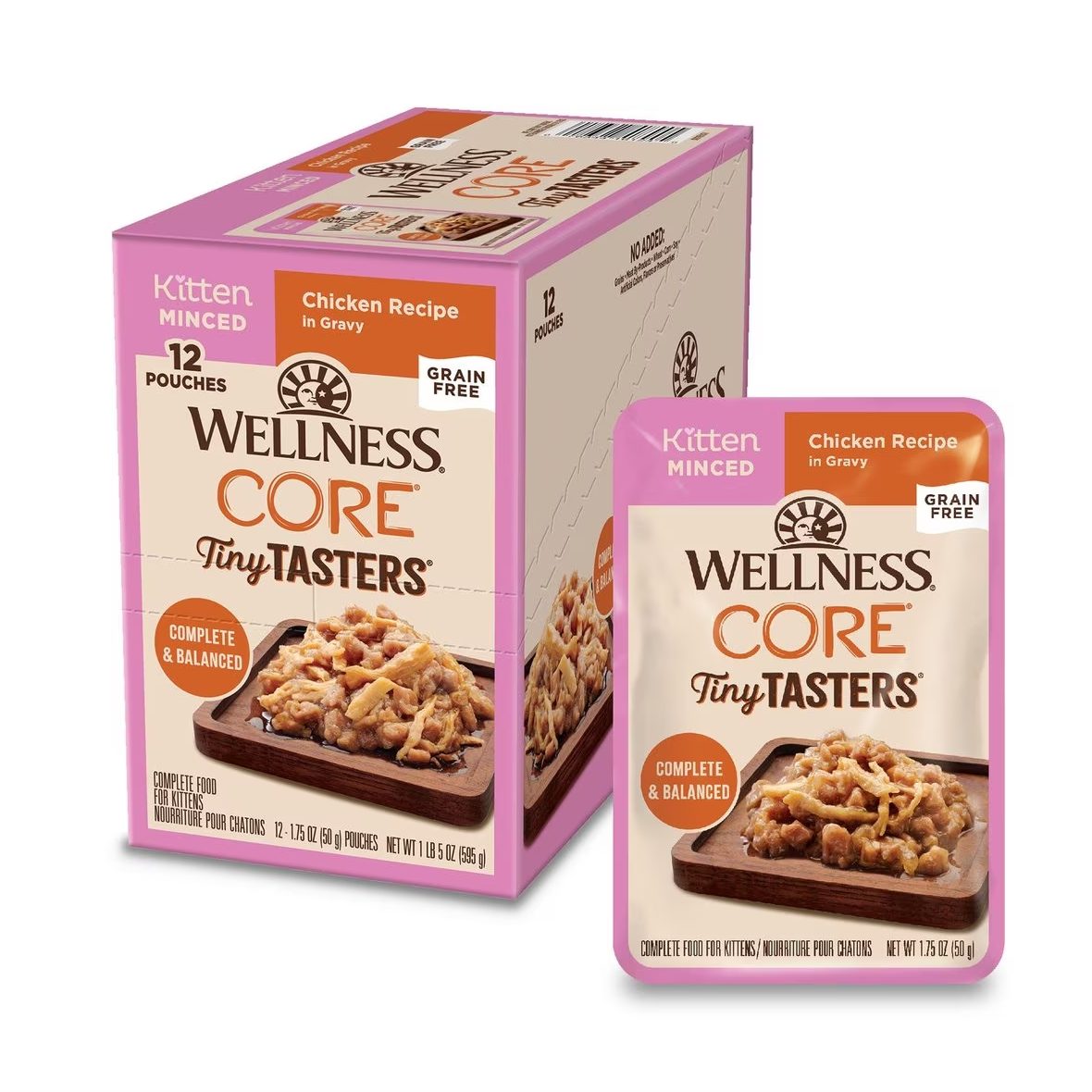
| Main Ingredients: | Boneless Chicken, Chicken Broth, Water Sufficient for Processing, Potato Starch, Tapioca Starch, Duck, Eggs, Chicken Liver |
| Protein Content: | 8% |
| Fat Content: | 2% |
| Calories: | 1,030 kcal/kg |
Kittens need special nutrition as they are still growing. The Wellness CORE Tiny Tasters Kitten Chicken Cat Food is designed explicitly to support these kittens and help them reach their full potential.
It is made with real chicken as its first ingredient and many other animal-based ingredients, like chicken liver. These provide the amino acids and protein your feline needs to thrive. Plus, the recipe is formulated with DHA and EPA for brain health.
Each pack comes with very small, single-serving pouches. Because these are so small, it makes feeding kittens that much easier. You don’t have to worry about throwing lots of food out.
However, this recipe is expensive, which may be a downside for many cat owners.
- Chicken as the first ingredient
- Added EPA and DHA
- Wet food with high moisture content
- Small pouches to prevent food waste
- Expensive
5. Diamond Naturals Active Chicken Meal & Rice Formula
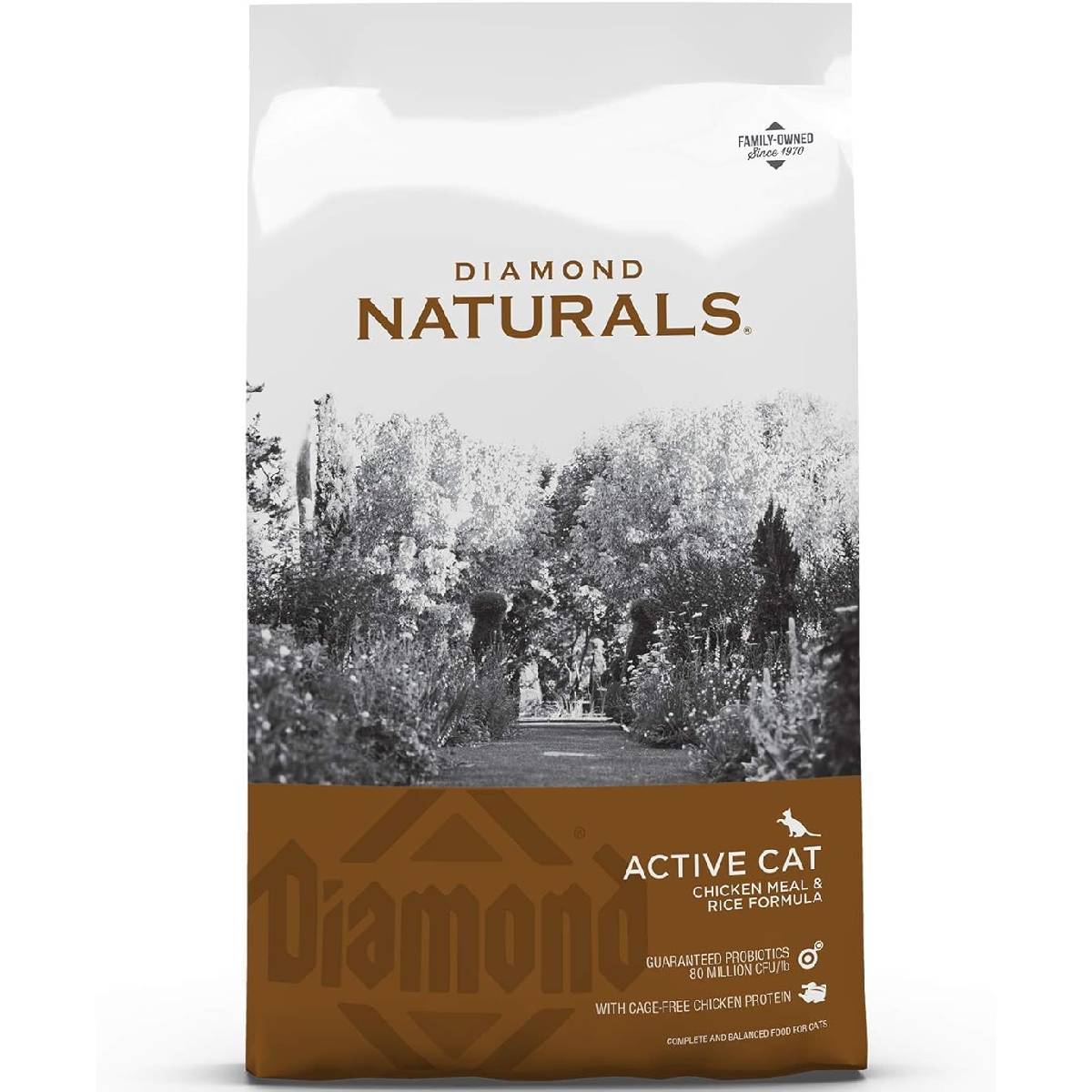
| Main Ingredients: | Chicken Meal, Ground White Rice, Chicken Fat |
| Protein Content: | 40% |
| Fat Content: | 20% |
| Calories: | 4,000 kcal/kg |
Another good option is Diamond Naturals Active Chicken Meal & Rice Formula, especially for cats on the more active side. It is almost exclusively chicken and has a very simplified ingredient list, which may be helpful if your cat has allergies. You can rest assured that this formula gives your cat the meat-dense diet they deserve.
Diamond Naturals is family-owned and operated. Their foods are made in the USA vwith quality ingredients, though they source them worldwide.
While this food is designed mostly for adults, it’s also suitable for kittens and pregnant cats. It’s nutritionally dense enough for these life stages, a rare find in today’s cat food industry. Its high-protein, energy-dense formula works well for practically all felines.
However, this food is harder to find than most. We’ve seen many availability issues over the past few years, which is something to keep in mind. Plus, it’s also a bit pricier than other recipes.
- High in chicken
- High in protein
- Made in the USA
- For all life stages
- Availability issues
- Expensive
6. Wellness CORE Signature Selects Poultry Selection
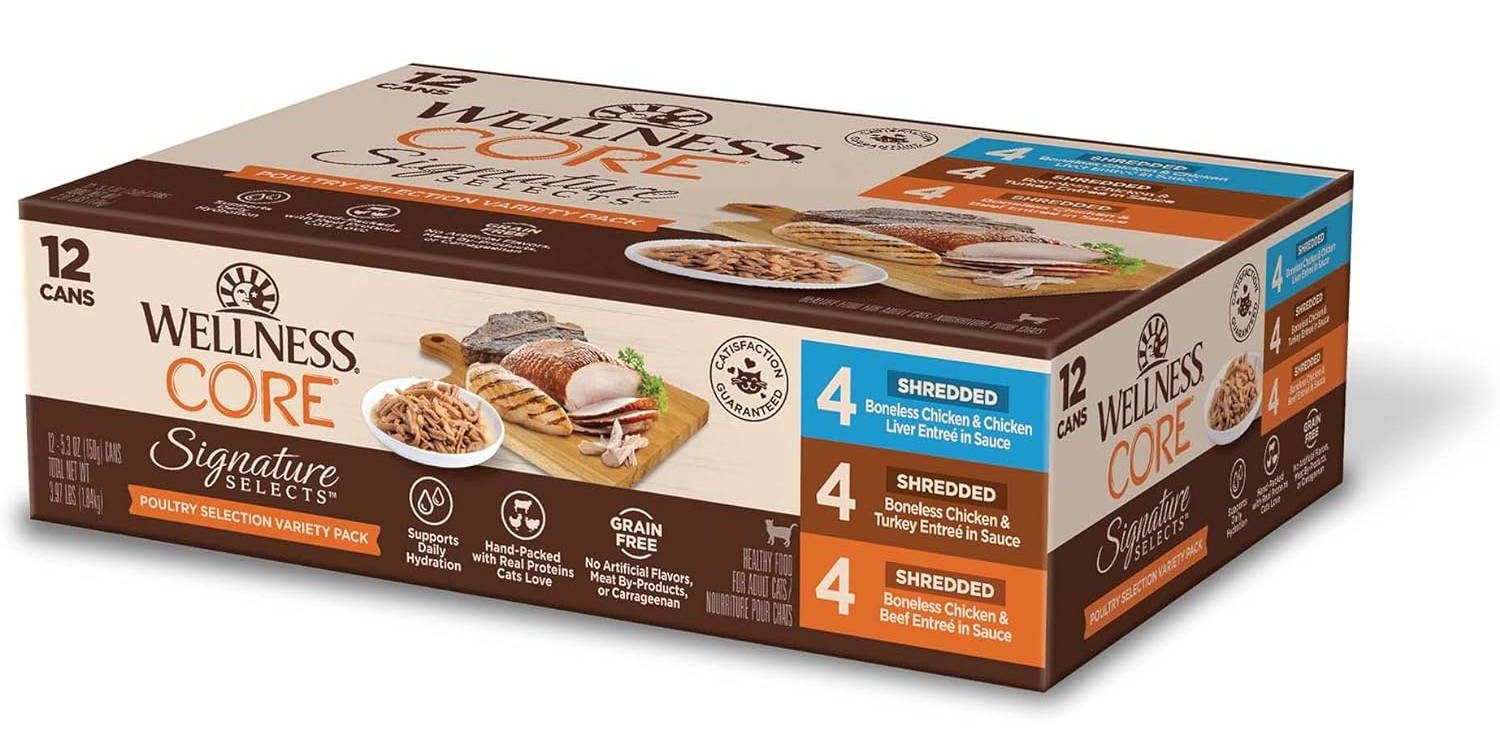
| Main Ingredients: | Boneless Chicken, Chicken Broth, Water |
| Protein Content: | 8% |
| Fat Content: | 2% |
| Calories: | 842 kcal/kg |
If your cat prefers wet food, we recommend Wellness CORE Signature Selects Poultry Selection. Wet food is generally better for cats due to its high moisture content (and this food has a very high moisture content). It helps your feline stay hydrated, which can prevent urinary tract problems.
This formula is 100% grain-free and almost solely contains some kind of meat. Plus, since this is a variety pack, your feline may find mealtime more interesting. Each recipe is shreds of real meat combined with a sauce of some kind. Only natural ingredients are used, meaning no artificial flavors, colors, or preservatives exist.
These formulas are very high in moisture, which can cause a problem for some cats. Certain felines may just not be able to stomach all of the sauce. Plus, this is a variety pack. So, if your cat doesn’t like a particular flavor, you may be wasting a few cans.
- Range of recipes to keep things interesting
- Only natural ingredients
- Almost completely made of meat
- High moisture content
- Moisture content can be too high for some
- Many different flavors
7. Stella & Chewy’s Chick Chick Chicken Dinner Morsels Cat Food
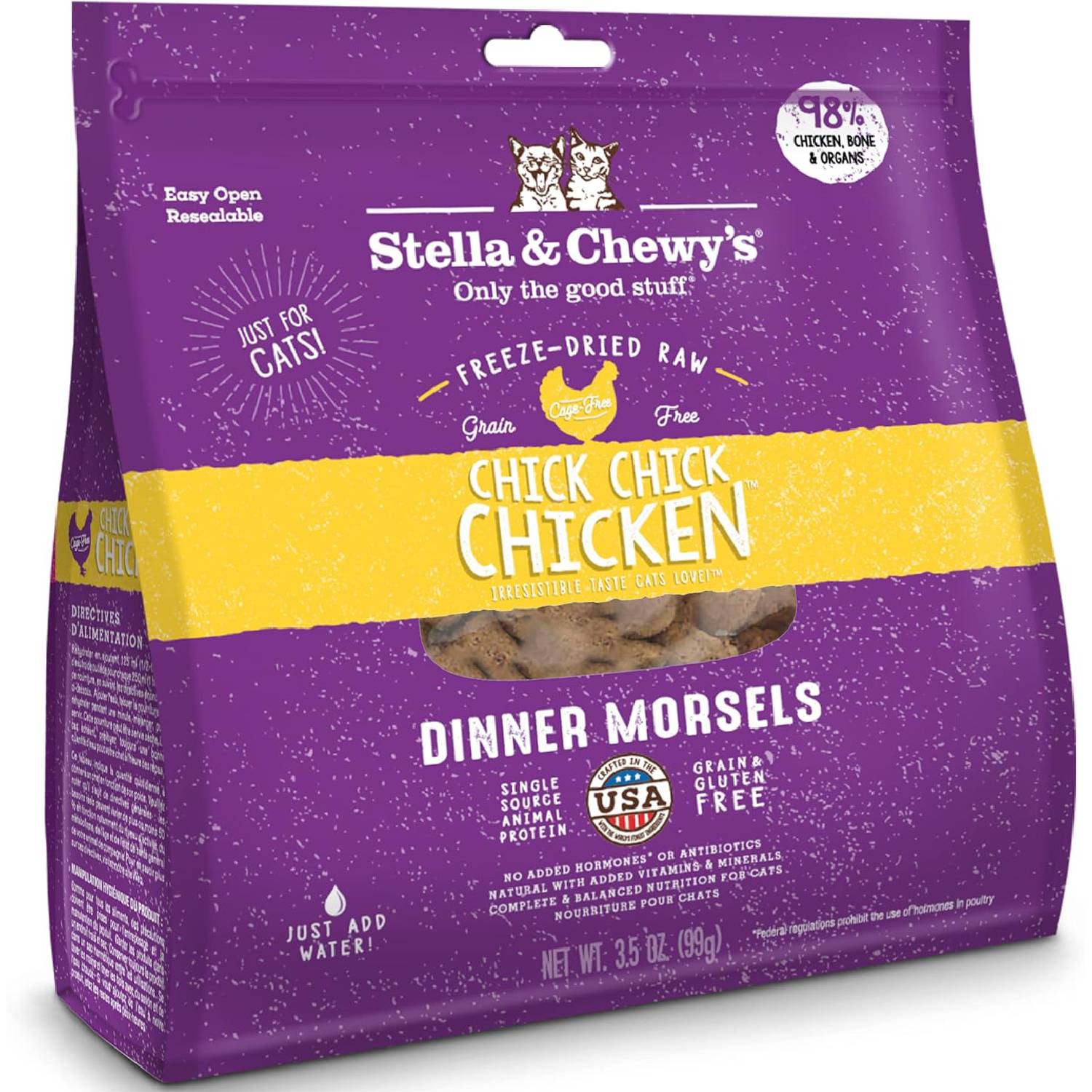
| Main Ingredients: | Chicken, Chicken Liver, Chicken Gizzard |
| Protein Content: | 45% |
| Fat Content: | 25% |
| Calories: | 4,360 kcal/kg |
Interested in feeding your cat raw food but want the convenience of dry food? Then you may consider Stella & Chewy’s Chick Chick Chicken Dinner Morsels Cat Food. It’s made with almost exclusively chicken that is freeze-dried. You can serve it as-is for a more kibble-like meal or rehydrate it with water.
This food is very high in protein and fat. It’s one of the highest protein-containing foods on this list. It is also very calorically dense, so your cat will need to eat less. However, this is also one of the most expensive foods out there. There aren’t any scientific articles backing the proposed benefits of raw food, either.
While this food is one of the best freeze-dried options on the market, it’s only recommended for those who want to try raw food (and have the money to do so).
- Made with almost exclusively chicken
- Can be fed several ways for convenience
- Very high in protein
- Expensive
- May be low value
8. Orijen Six Fish Dry Cat Food
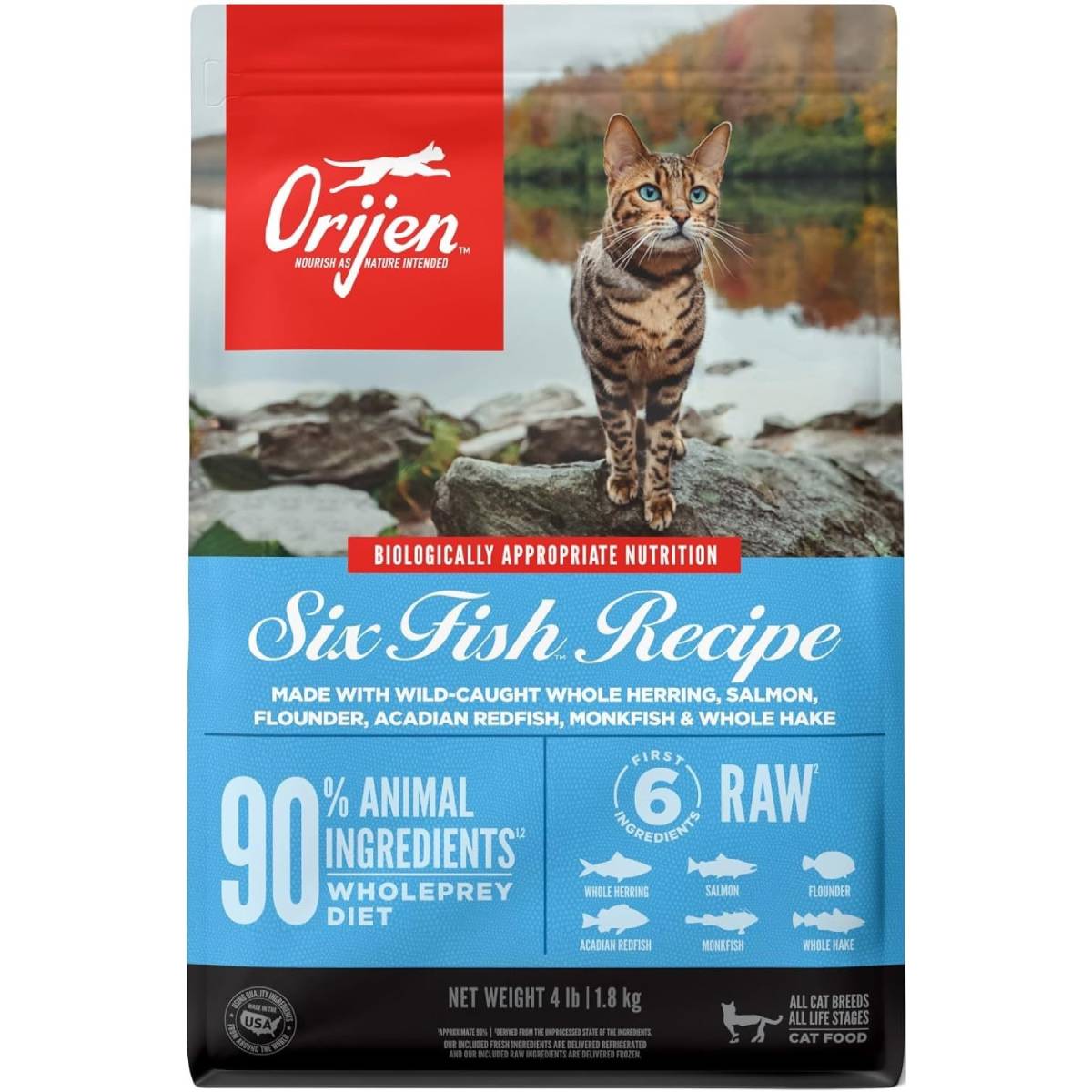
| Main Ingredients: | Whole Mackerel, Whole Herring, Flounder, Acadian Redfish, Monkfish, Whole Hake, Mackerel Meal, Herring Meal, Blue Whiting Meal, Pollock Oil |
| Protein Content: | 40% |
| Fat Content: | 20% |
| Calories: | 4,060 kcal/kg |
We also like the Orijen Six Fish Dry Cat Food recipe. This formula is very similar to the Orijen recipe we already mentioned. However, it contains almost exclusively fish, a good option for most cats. It’s very high in fish oil, which contains omega fatty acids that may improve your cat’s joint health. It’s also a good decision for felines with allergies since fish is a rarer allergy.
This cat food contains 90% animal ingredients, including bone and organs. It features many nutritionally-dense organs our cats would naturally eat in the wild. Plus, this formula is also coated in freeze-dried liver for added flavor. Therefore, it may be a good option for picky cats.
However, some felines cannot handle this much fish. It is extremely fish-dense, which makes it high in fat.
- Almost completely made of fish
- Lots of fish oil
- Freeze-dried coated for added flavor
- Expensive
- It may be too much fish for some cats to stomach
9. Fussie Cat Market Fresh Quail & Duck Meal
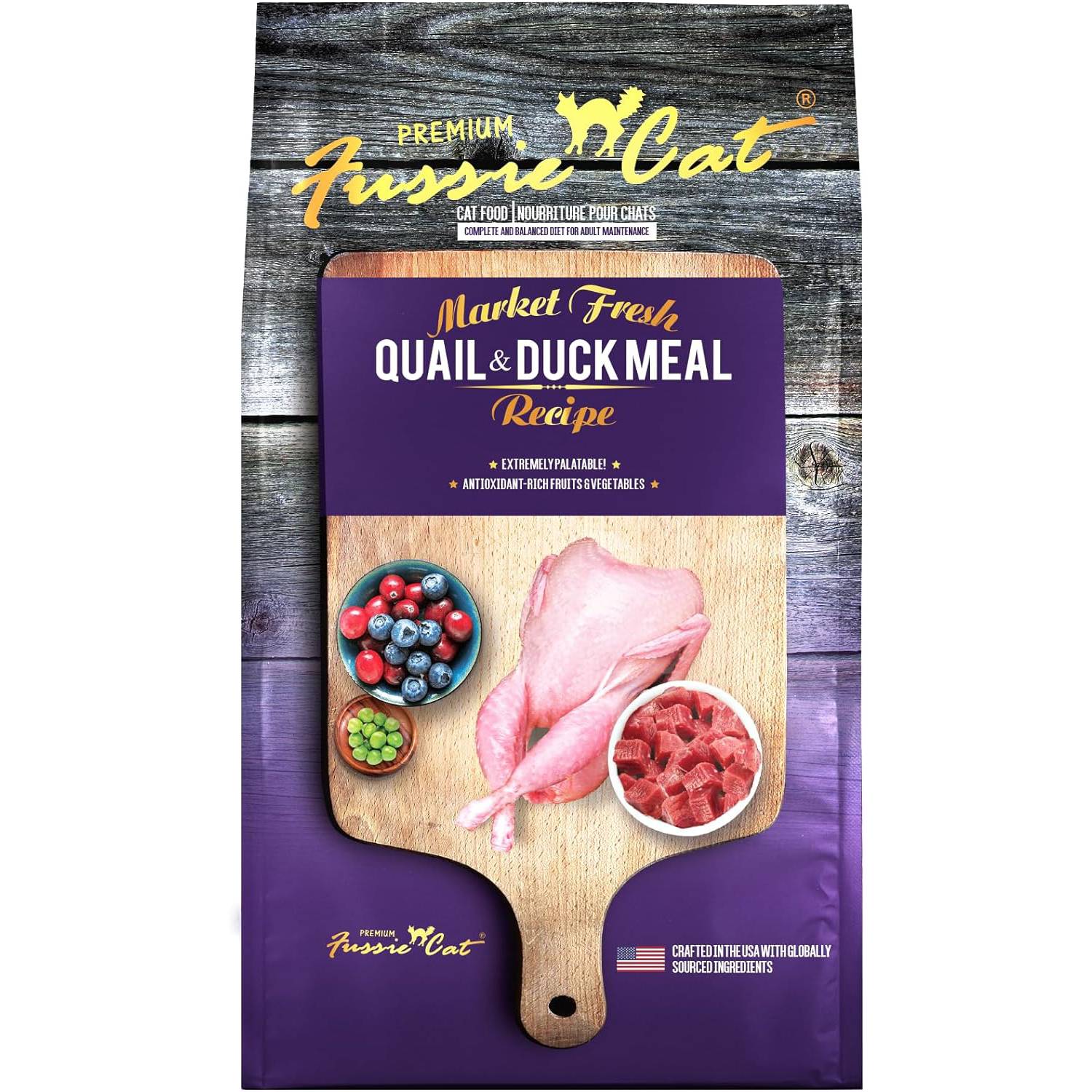
| Main Ingredients: | Quail, Duck Meal, Peas, Pea Flour, Sunflower Oil, Duck Fat, Duck |
| Protein Content: | 33% |
| Fat Content: | 15% |
| Calories: | 3,604 kcal/kg |
Fussie Cat Market Fresh Quail & Duck Meal is one of the few recipes that uses lots of duck and quail. Typically, recipes that say they’re made with these ingredients use chicken to bulk their food. However, that isn’t the case with this brand.
Therefore, it would be a great option for cats with allergies. If your feline cannot eat chicken or fish, this formula would probably be okay for them to consume. For the most part, this formula is duck and quail. However, it also includes peas and pea flour, which are high in protein. However, these don’t necessarily have all the amino acids your cat needs to thrive. Keep that in mind when looking at the protein content of this food.
Compared to other premium cat foods, this formula is low in protein. However, that isn’t necessarily a problem for all cats, as some may do best on less protein.
- Contains mostly duck and quail
- Includes sunflower oil for added omega fatty acids
- No artificial ingredients
- Low in protein
- Contains peas

Buyer’s Guide: Selecting the Healthiest Cat Foods
There are several things to consider when purchasing healthy cat food for your feline. However, how healthy a cat food is comes down to a few things.
Protein
Cats are obligate carnivores, meaning they require meat for optimal health. Essential nutrients like taurine and arachidonic acid are exclusively found in meat sources. Throughout their evolutionary history, cats have been predators with a diet predominantly composed of protein, followed by moderate fat and minimal carbohydrates.
When choosing cat food, prioritize those with named meat sources listed first in the ingredients. Look for meats like beef, chicken, or salmon, indicating higher quality. Be cautious of foods that contain generic terms like “meat by-products” or “poultry,” as they often include less desirable animal parts mixed in the food.
Carbohydrates
Too many carbohydrates can be detrimental. They can cause your cat to gain weight, and they often aren’t very nutritionally dense. However, cats need carbohydrates just like they need protein. They use them for energy, and one of the primary purposes of food is to give our cats energy!
Look for grains like rice, oats, and potatoes. These often work well for many cats. However, some cats are sensitive to gluten, so you may need to select a gluten-free food for these felines.
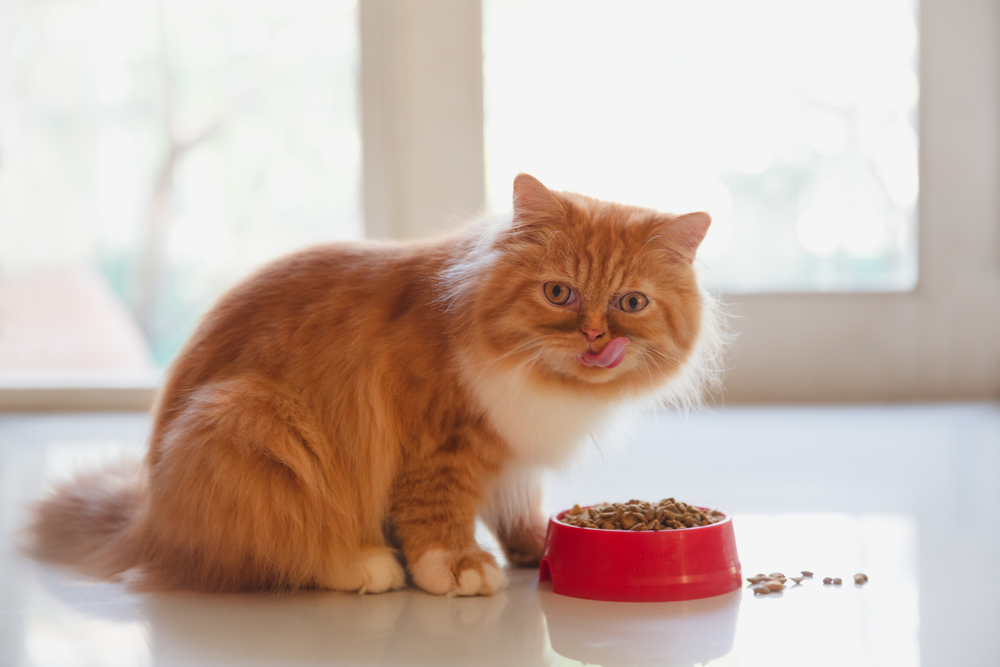
Life Stage
Like humans, cats have distinct nutritional requirements at different stages of life. Therefore, it’s best to choose food specifically designed for each stage.
- Kittens require food that supports their growth and should contain single-source proteins like beef, lamb, turkey, chicken, or tuna. Their diet should be high in protein, fat, and folic acid.
- Adult cats are generally less active than playful kittens and require less protein and fat in their diet. This is also the ideal time to consider portion control or timed feeding to prevent excessive weight gain.
- Senior cats (typically 7 years or older) benefit from foods that are lower in protein and fat to avoid weight gain. These foods should also provide ample vitamins, minerals, and nutrients to support their aging immune system. Senior formulas are designed to reduce kidney stress, helping older cats avoid kidney disease.
Always choose a food that fits your cat’s life stage.
At Catster, we’ve admired Hepper for many years and decided to take a controlling ownership interest so that we could benefit from the outstanding designs of this cool cat company!
Brand Matters!
You want to choose a renowned brand for your cat’s food. The brand is a lot more than just a name since that company is the one making your cat’s food. You want a company that you can trust, which means choosing one with few recalls (and a fast response to those recalls).
When choosing a brand for your cat, the company must be transparent about ingredient sourcing and manufacturing processes. This information should be readily available on the product page, company website, and through customer reviews. If needed, consider reaching out to the company directly for clarification.
Conducting this research may initially seem overwhelming, but consider the alternative: dealing with a cat who constantly vomits on your new carpet and spending significant time and money at the vet to diagnose the issue. Surprisingly, the cause could be their food. Consulting this matter with a veterinarian nutritionist can save you a lot of time.
Our Cat Food Selection Process
Catster’s dedicated team of writers and editors collaborate with expert veterinarians, considering a wide range of factors when selecting the best for cats. These parameters include customer reviews, brand reputation, veterinary experience, and in some cases, hands-on testing. Of course, our cats have a say in the process, too! We strive to select and review the highest-quality products available, to help you choose the best possible product and make the most informed decision for your and your cat’s needs.
Why Trust Catster?
Catster has been a trusted online brand since 2001, so we know a thing or two about cat food We’re a team of cat-loving writers, editors, and veterinarians dedicated to helping you make the most informed decision for your feline. We deeply believe in providing the best information for cat owners to help their cats live their best life possible. We look at reviews from the most trusted sources available, and this, combined with our veterinary team’s experience and expertise, helps us gather the best options on the market. Our team is invested in the welfare and health of cats around the world, and believe that expert knowledge is one of the best ways to achieve this.
Need veterinary advice but can't get to the clinic? Catster recommends PangoVet, our online veterinary service. Talk to a vet online and get the answers and advice you need for your cat without having to leave your living room — all at an affordable price!


Conclusion
There are many different healthy cat foods out there. Most cat foods on the market follow the guidelines set by the AAFCO, which makes them nutritionally complete.
However, out of all the foods available, we recommend Fresh Other Bird Recipe by Smalls. This food is fresh and made almost exclusively with turkey. It’s a great choice for nearly any feline.
You may also want to consider Purina ONE Tender Selects Blend with Real Salmon, which is less expensive than many cat foods on the market. However, it’s also nutritionally complete and comes from a well-trusted brand.
See Also:
Featured Image Credit: Pixel-Shot, Shutterstock
